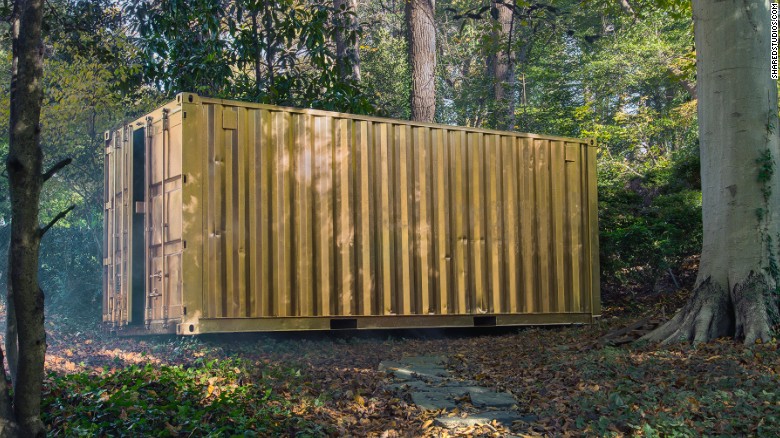
On May 15, 2017, the Canadian Radio-television and Telecommunications Commission (CRTC) renewed major television licenses for five years and also lowered the requirements for Canadian production.
In double-speak, it titled the media release “The CRTC supports the production of original content“.
Particularly troubling is the removal of the requirement for Bell Media to fund BravoFact and MuchFact (see clause 55):
“Deletion of various requirements
55. Bell Media requested the deletion of various conditions of licence and expectations for certain services. Given that the proposed changes are consistent with Commission policies, the Commission approves the following:
- …for Bravo!, to delete the condition of licence requiring the licensee to contribute to BravoFACT;
- for Much and Gusto (formerly M3), to delete the condition of licence requiring the licensee to contribute to MuchFACT;”
So upsetting is this that the Directors Guild of Canada (DGC) immediately launched a petition.
Bell replied that it hasn’t yet decided to kill the programs:
“Bell Media was granted flexibility by the CRTC in making contributions to MuchFACT and BravoFACT no longer conditions of license for its Much, Gusto, and Bravo specialty channels. We are currently reviewing both programs and no decisions have been made regarding their future at this time. Both programs continue to accept grant applications in anticipation of their next funding deadlines later this year.”
Tim Southam, DGC National President, said:
“For years, the CRTC has said it’s shifting focus from the number of hours of Canadian programming on air to the investment broadcasters make in original content. Now, they’re cutting the investment requirements, too. The Commission is betraying its own word and betraying Canadian creators. The CRTC got it right when they said that, in the digital world, broadcasters need to invest in innovative content that stands out in a global marketplace. So why let broadcasters slash their investments in distinctive, original content by $200 million over five years? The Commission called the right play, then absolutely blew the follow through.“
Tellingly, less than a month ago, Bell Media hinted it is about to launch a new streaming service. UPDATE: It’s television for cord cutters, called Alt TV.
My take: Is the CRTC trying to kill CanCon? I have won two BravoFACT grants, for my film ‘i luv spam’ and for Scott Amos’s ‘Scratch’. We were honoured and grateful we could finally pay our cast and crew on those productions. Thumbs down on both Bell Media and the CRTC. Also, I find the timing of the CRTC’s decisions suspect, as the government is about to release its new vision for Canadian culture in the digital age. Is the CRTC making an end run on behalf of its major stakeholders, or is this just a preview of more cuts to come?







